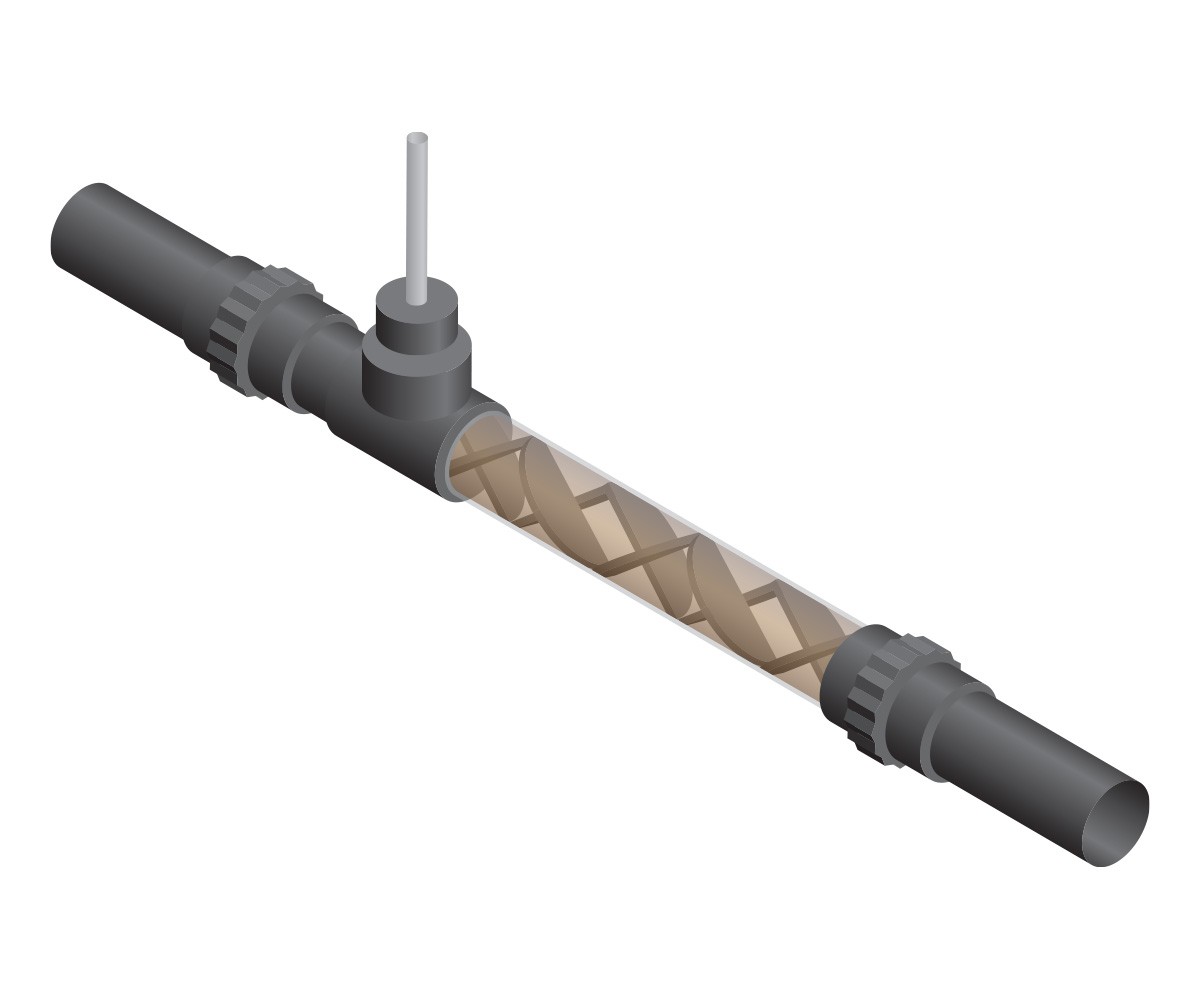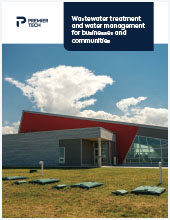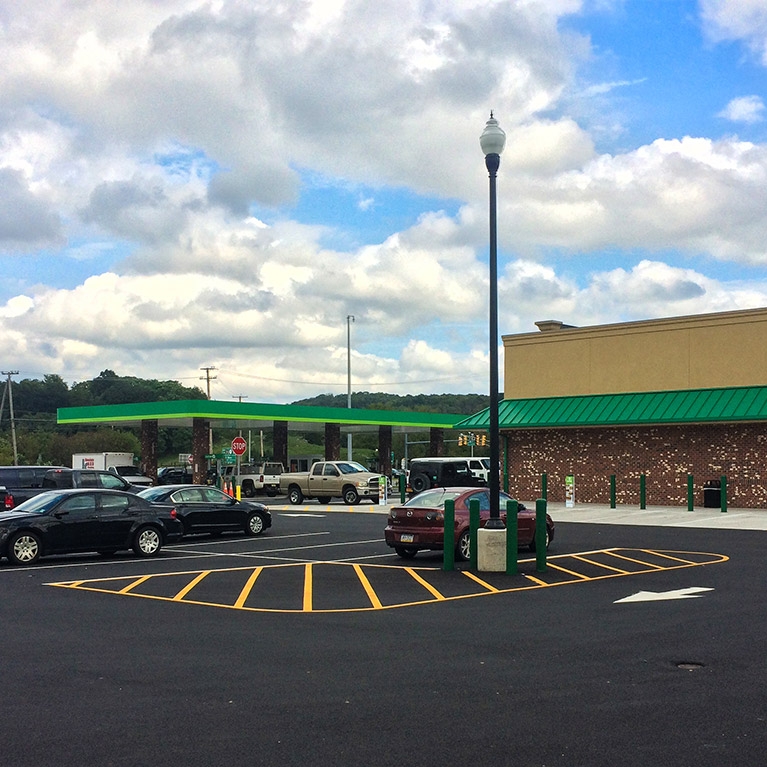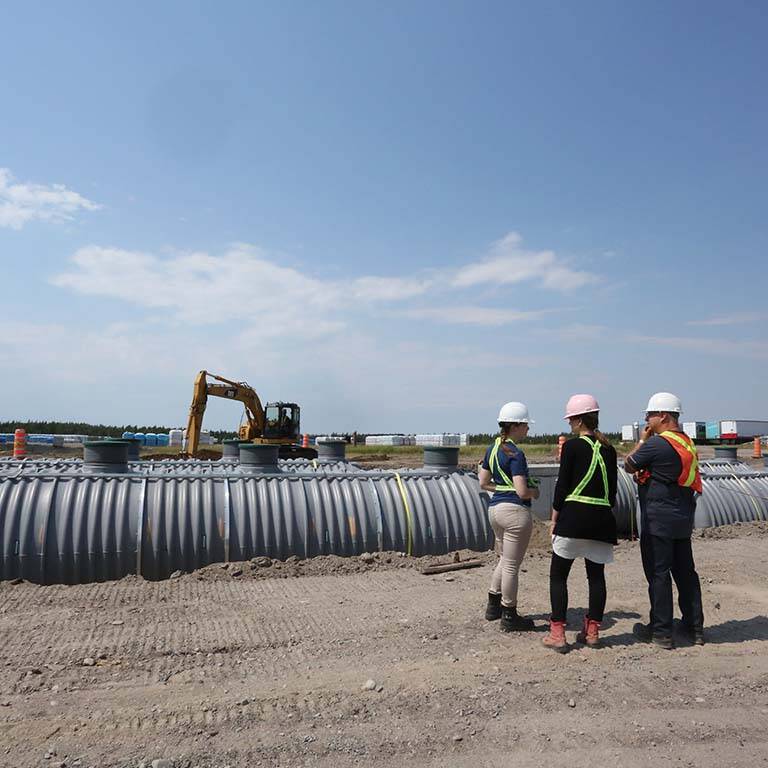Phosphorus removal from wastewater
Phosphorus removal from wastewater is made easy with our specially designed systems for businesses and communities.

Prevents property contamination
Preserves lakes and rivers
Protects public health
Custom designs to meet your needs
Optimized coagulant injections
Sensors detect low coagulant levels
What is phosphorus removal from wastewater?
Phosphorus removal is a wastewater treatment process for properties in ecologically sensitive areas, where strict effluent standards are needed to protect lakes and rivers for future generations.
We offer phosphorus removal options for a wide range of business and community wastewater treatment plants.
Each system safely isolates phosphorus compounds to ensure treated wastewater never contributes to harmful algae blooms in nearby watercourses.
Why is removing phosphorus from wastewater important for the environment?
Phosphorus removal during wastewater treatment protects the environment by preventing excessive algae growth in nearby lakes and rivers. Algae blooms would otherwise lead to eutrophication, a process that consumes oxygen in water and suffocates aquatic species.
The impact of this contamination extends beyond our environment. It also touches our health and the economy.
- invasions of non-native species
- reduced biodiversity
- toxins in fish and shellfish
- human illnesses
- livestock poisoning
- reduced waterfront property values
- limited enjoyment of lakes and rivers
- lost revenues for commercial fisheries
The solution to this problem is simple: effective treatment that includes our proven technology to remove phosphorus from wastewater.
What is our process to remove phosphorus from wastewater?
Our commercial, community, municipal, and industrial phosphorus removal options are ideal additions to our proven wastewater treatment systems:
- Ecoflo compact biofilter clusters
- Rewatec membrane bioreactor (MBR)
- Rewatec moving bed biofilm reactor (MBBR)
In all our systems, dosing pumps inject coagulant into wastewater. The amount of coagulant is optimized based on the installation’s actual flow rates.
Coagulation takes place in a static mixer. The mixer allows wastewater to react with the coagulant, transforming soluble phosphorus into solid compounds.
After coagulation, depending on the type of system used, solid phosphorus compounds either settle on the bottom of a primary tank or secondary clarifier, or they are blocked by a downstream filter.
These particles form sludge that is removed as often as needed. Liquids, now with reduced concentrations of phosphorus, continue downstream for additional treatment.
Additional injection points can be added at different parts of the treatment train to optimize and better control the removal of phosphorus from wastewater.
Phosphorus removal system maintenance
Our network of technicians and local service partners is trained by us to maximize the life of your commercial, community, municipal, or industrial phosphorus removal system.
When a technician visits your property, they will:
- inspect all system components
- measure sludge in sludge storage tanks
- check the flow rate of the pump to ensure coagulant is correctly dosed
- confirm that coagulant barrels are sufficiently full
- collect samples to verify treatment performance (when required)
Phosphorus removal system warranty
Our 2-year warranty for commercial, community, municipal, and industrial phosphorus removal systems includes:
- original pumps
- replacement pumps





